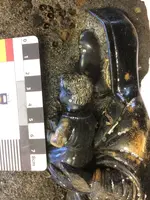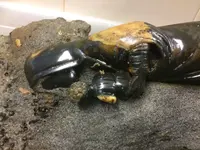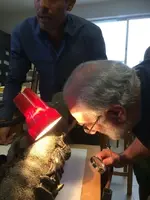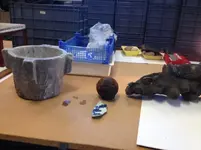There have been attempts to search for this wreck.
As with all of these $Billion dollar wrecks, I feel that some common sense needs to prevail.
In the day, spice was far more valuable that anything else, worth many times that of gold or silver. Pepper was the most valuable. Today, a wreck full of pepper corns is worthless.
Chests full of rubies, diamonds and such. Here we go, while perhaps valuable once sorted, but in reality, as we have seen from many wrecks, these gemstones were not of the value and clarity we seek today, some are, but well, who knows...
The ship was either partially recovered or blasted to pieces, depending on which accounts you believe..
Lets say not recoverered, and blasted. Where would loose stones be? Scattered and sunk to a soft bottom. On a good day, this would be tough enough to locate.
There were at least 2 major earthquakes and undersea landslides in this area since the sinking.
Searches have not even been able to located major pieces like cannon...good luck with stones.
Keep it as a legend and keep your money...as always, likely sovereign, so there are far easier wrecks to located/recover if you are in the mood.








